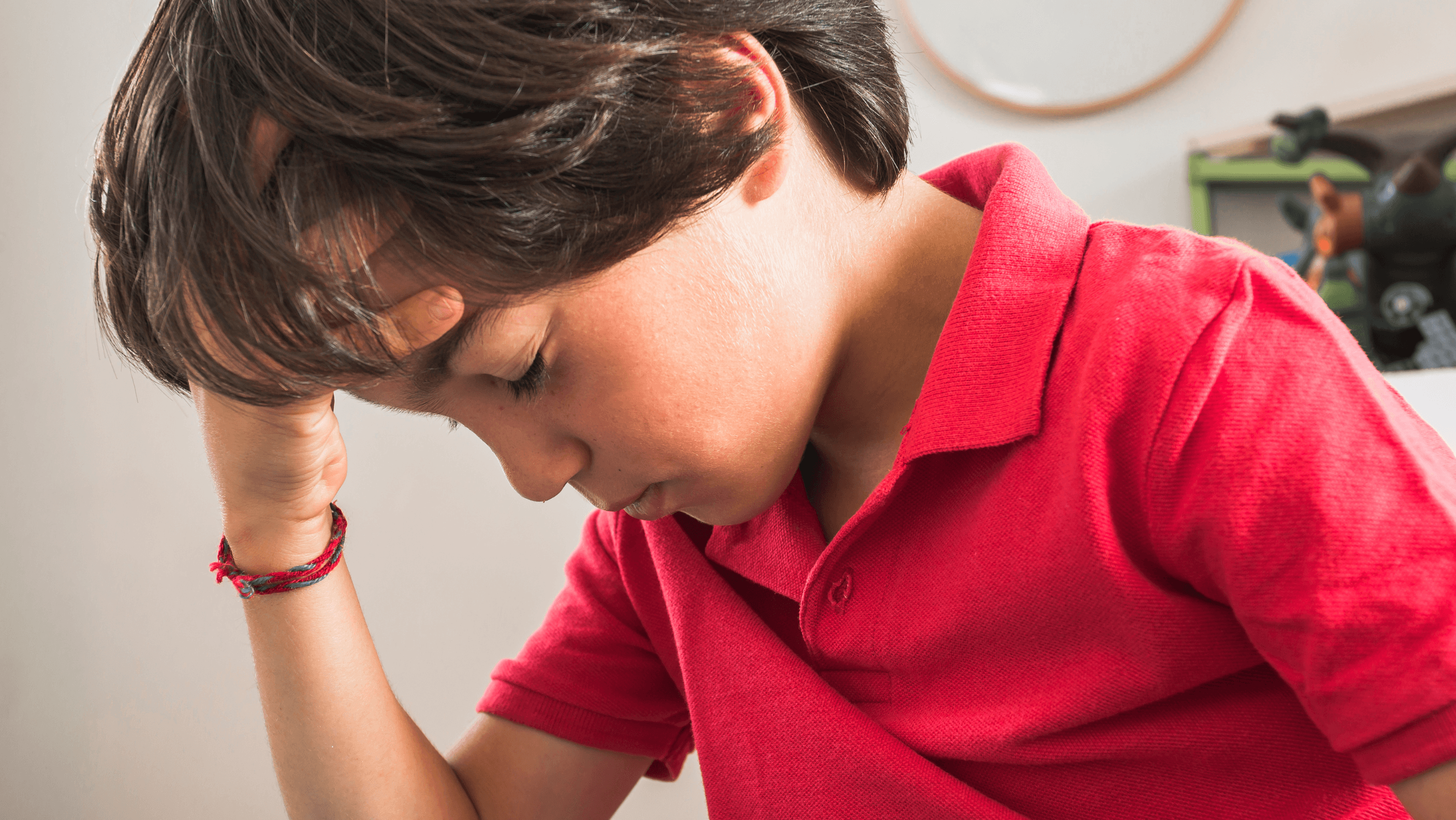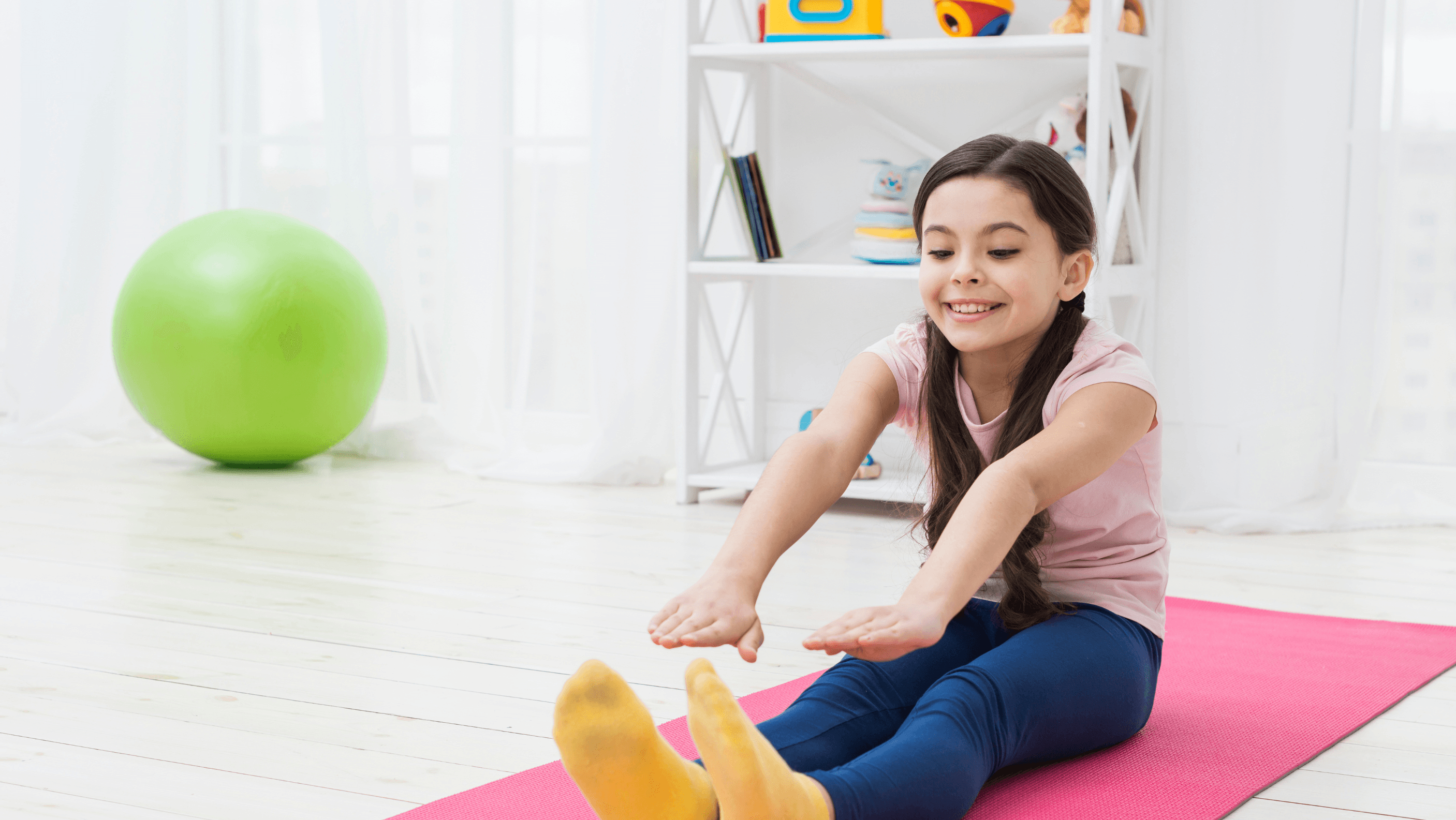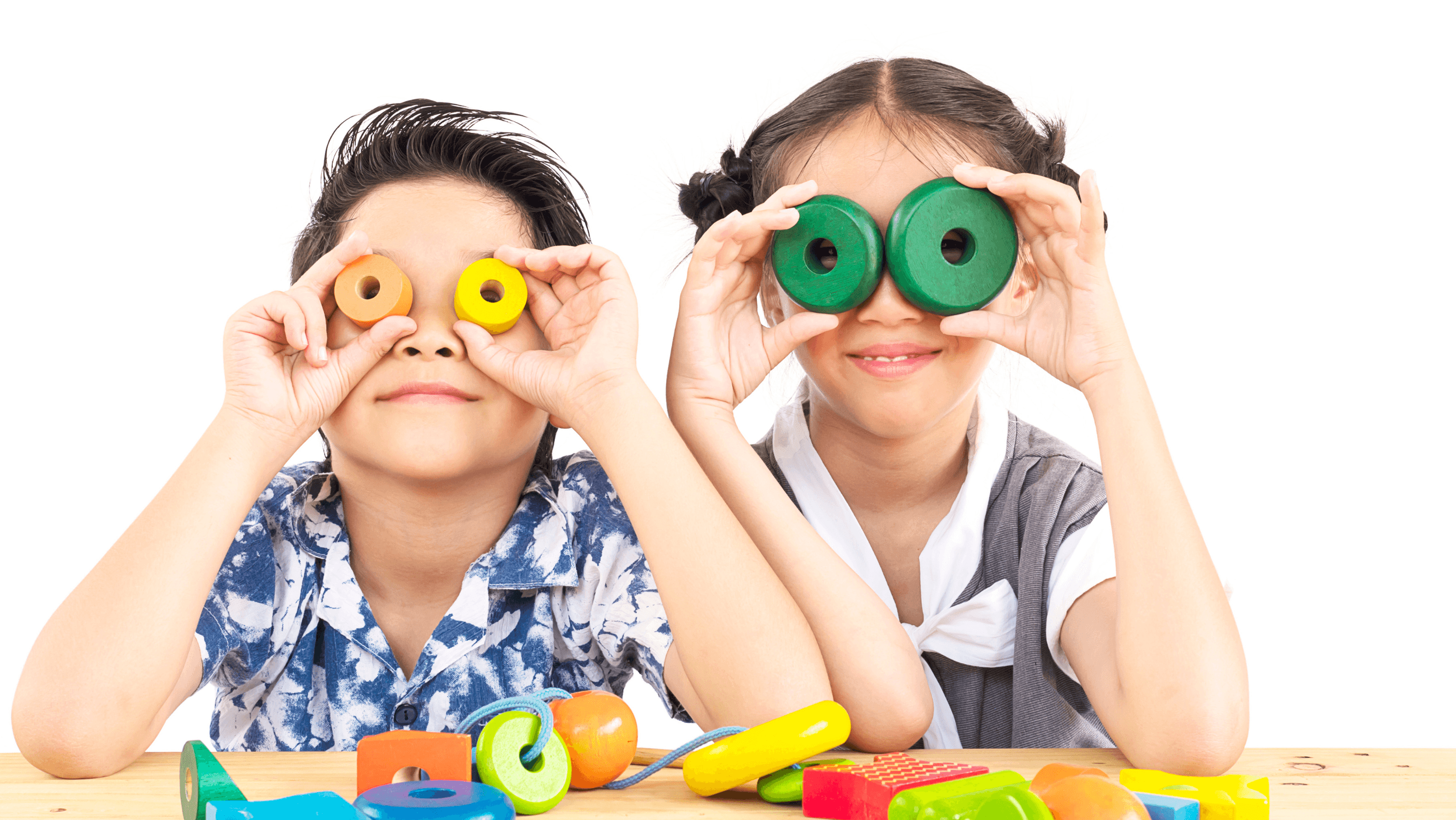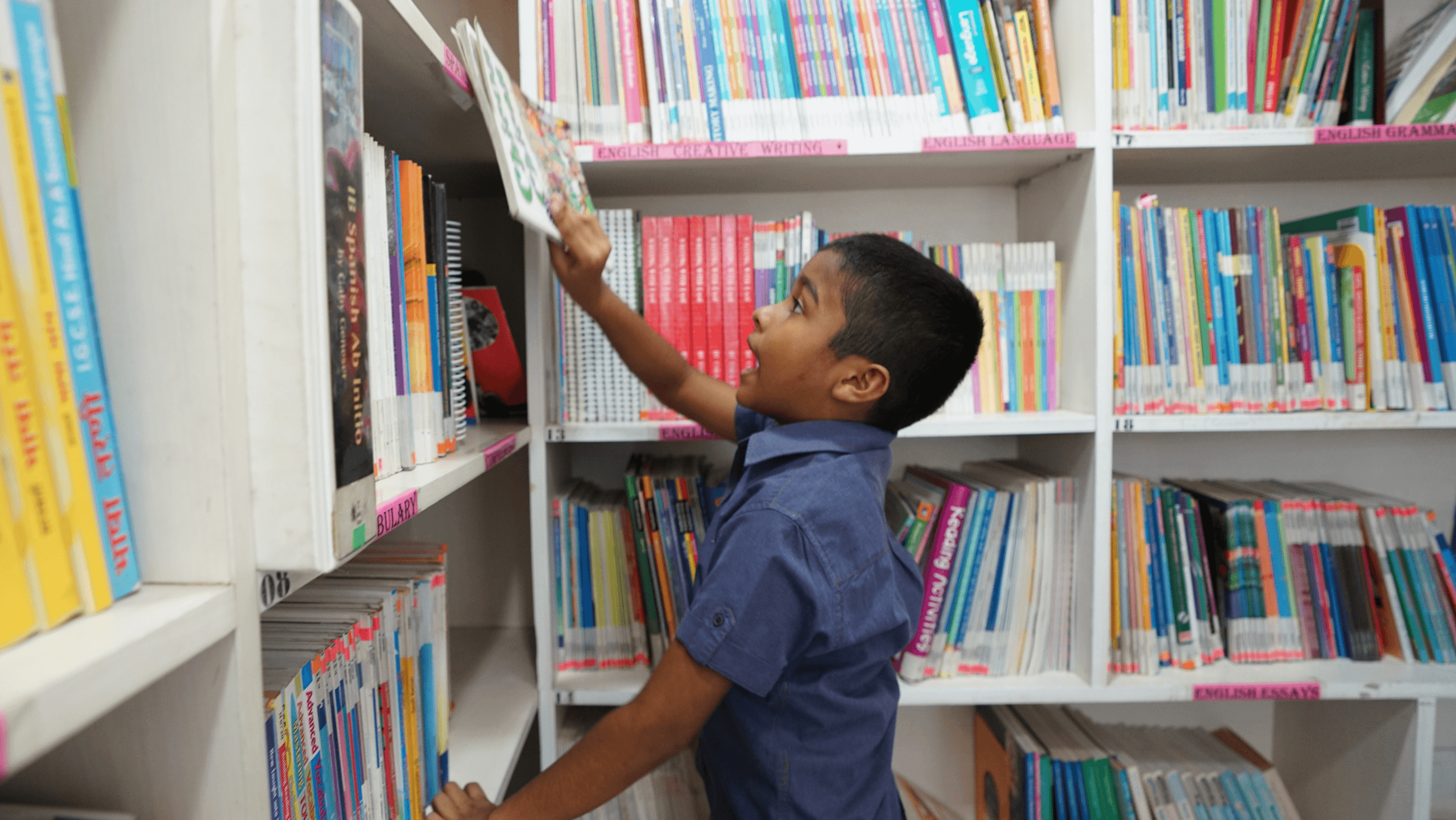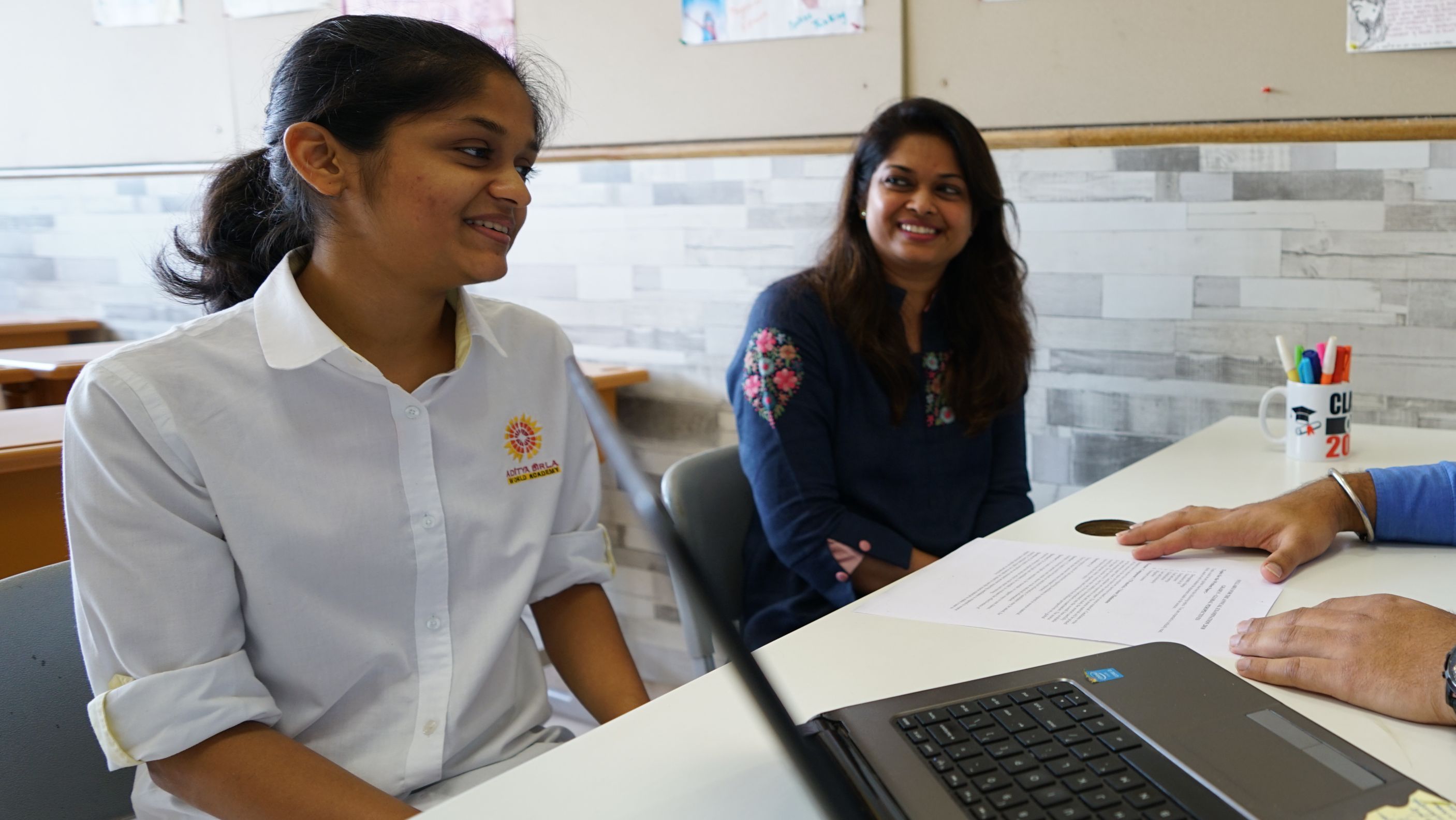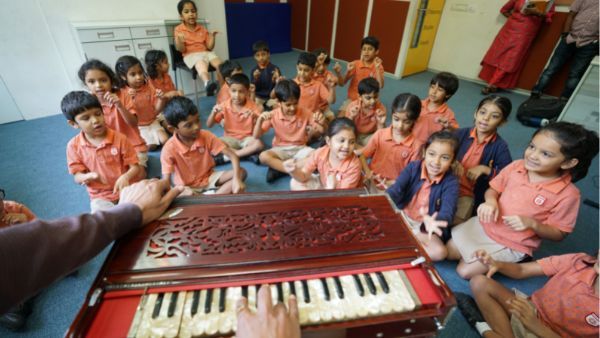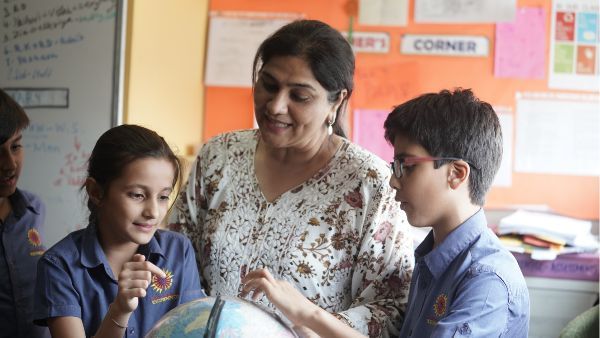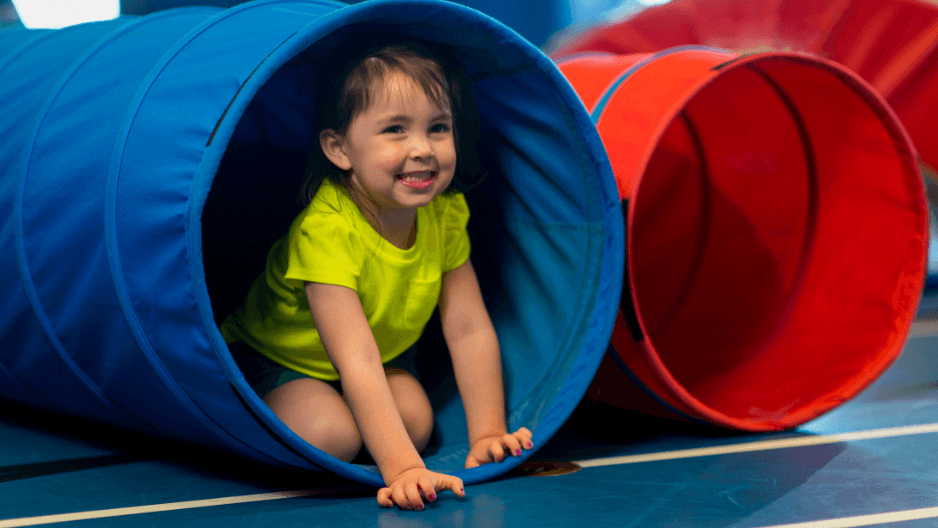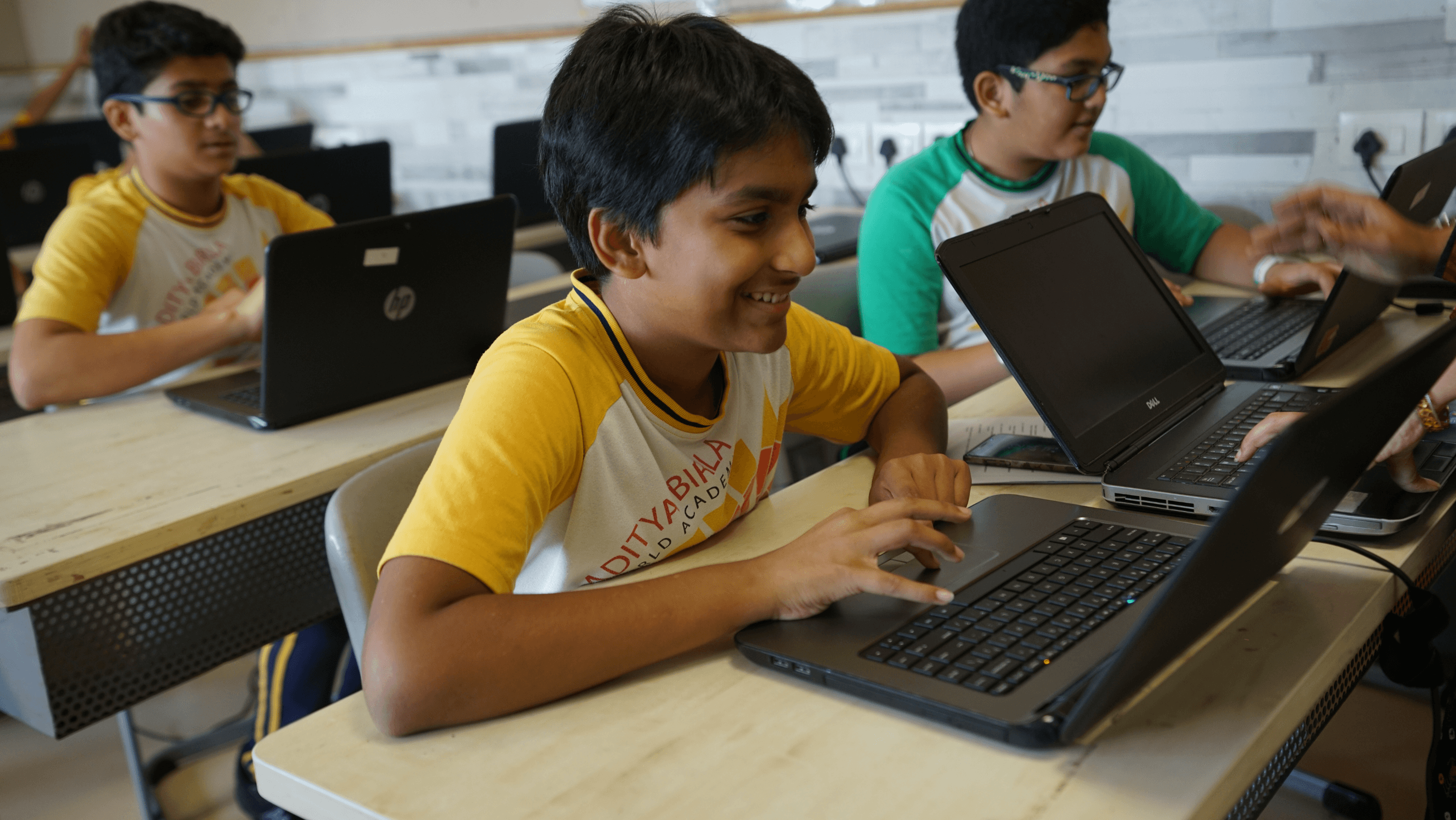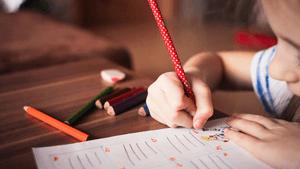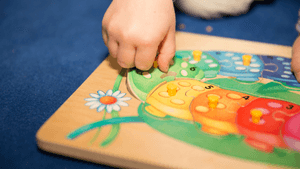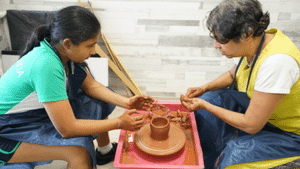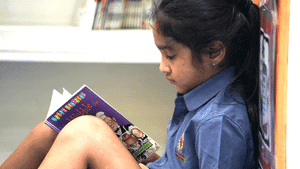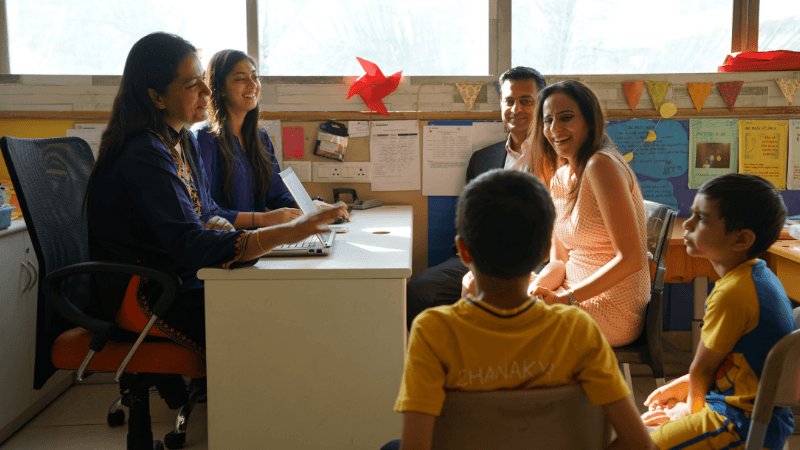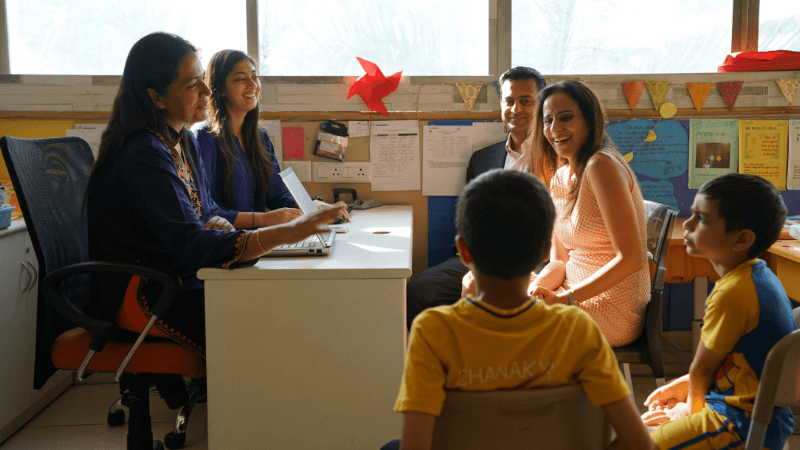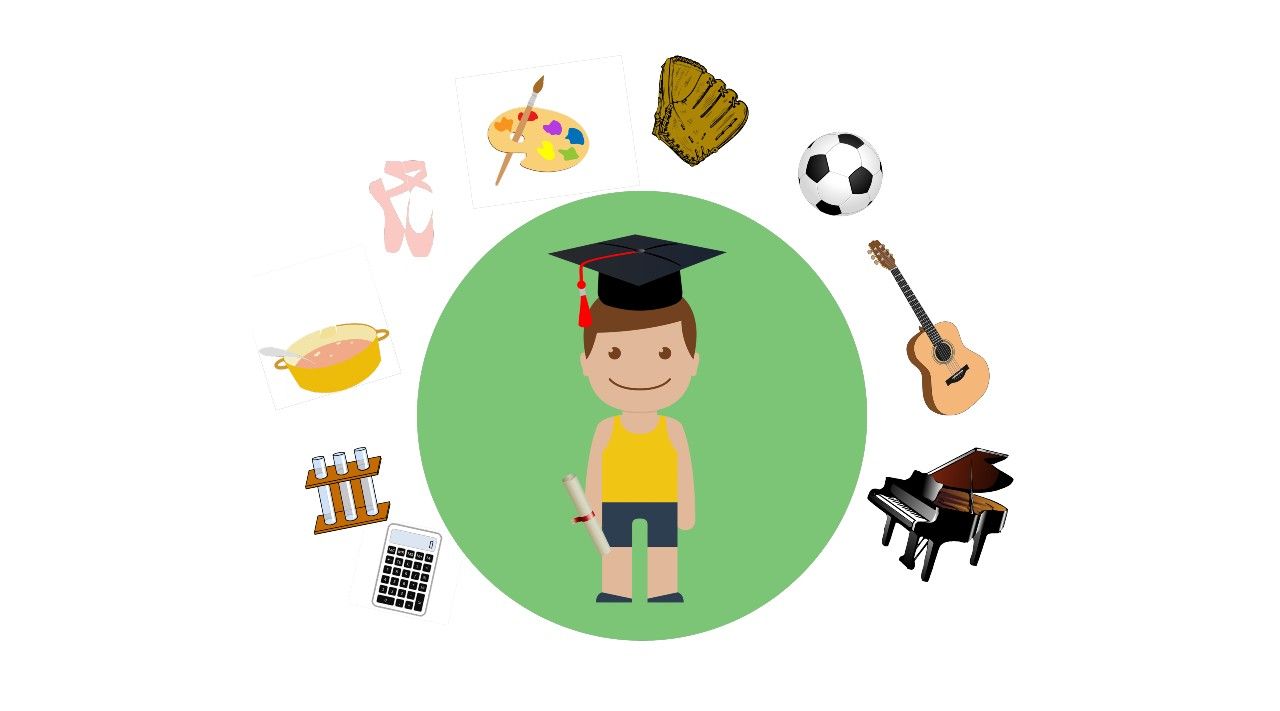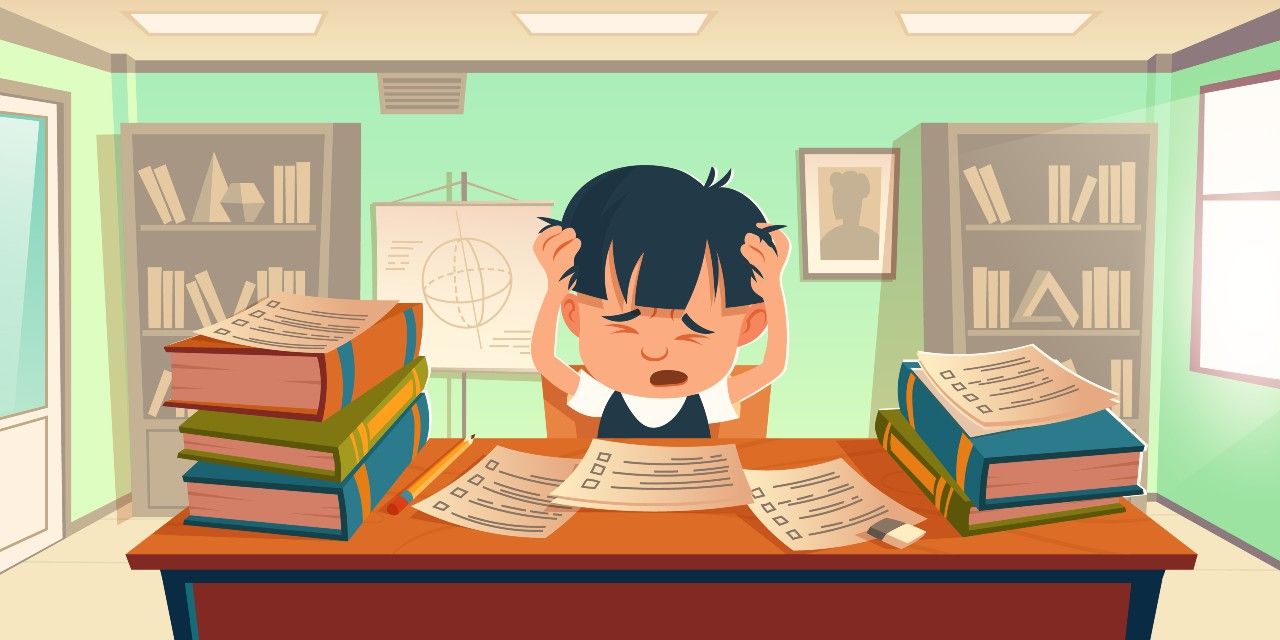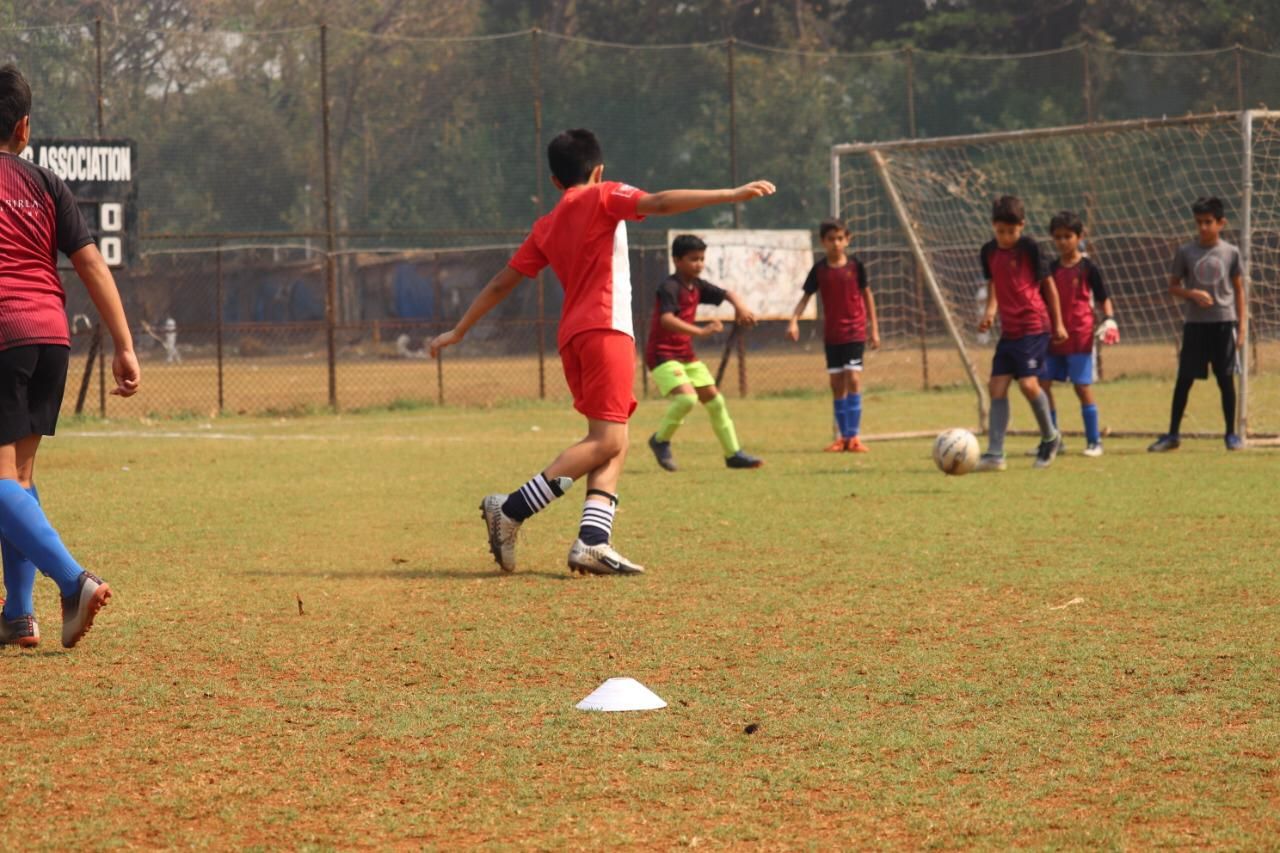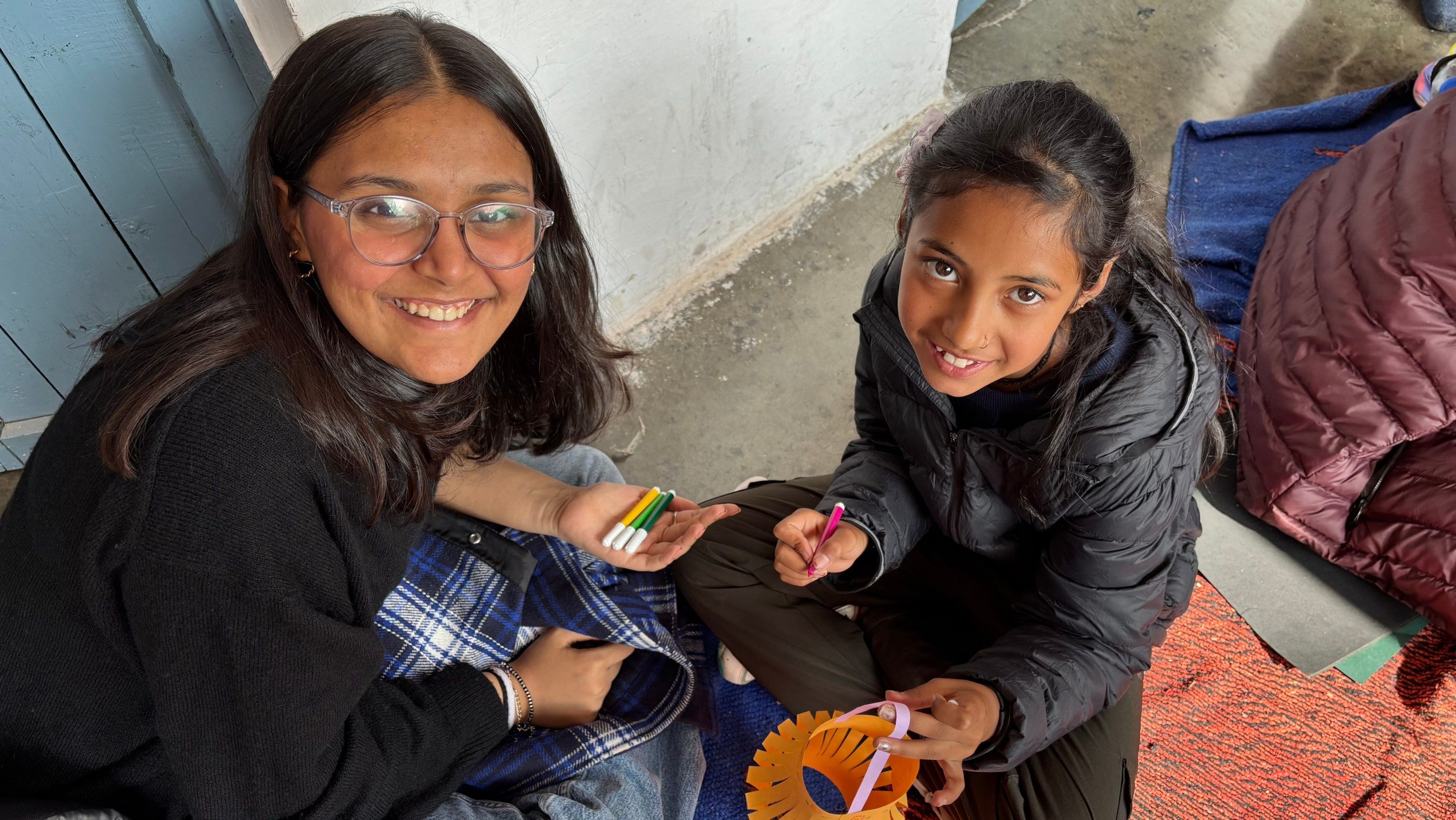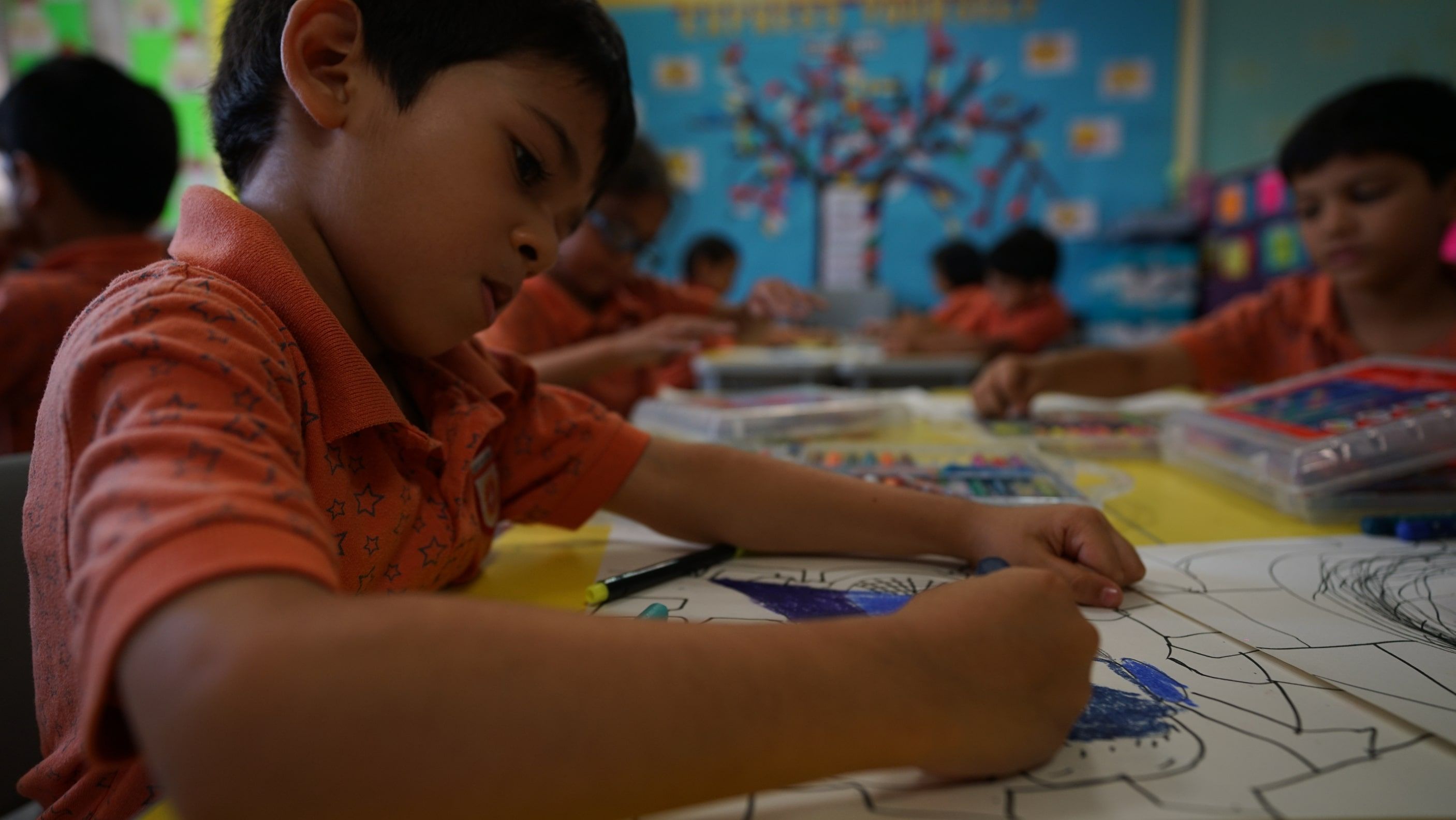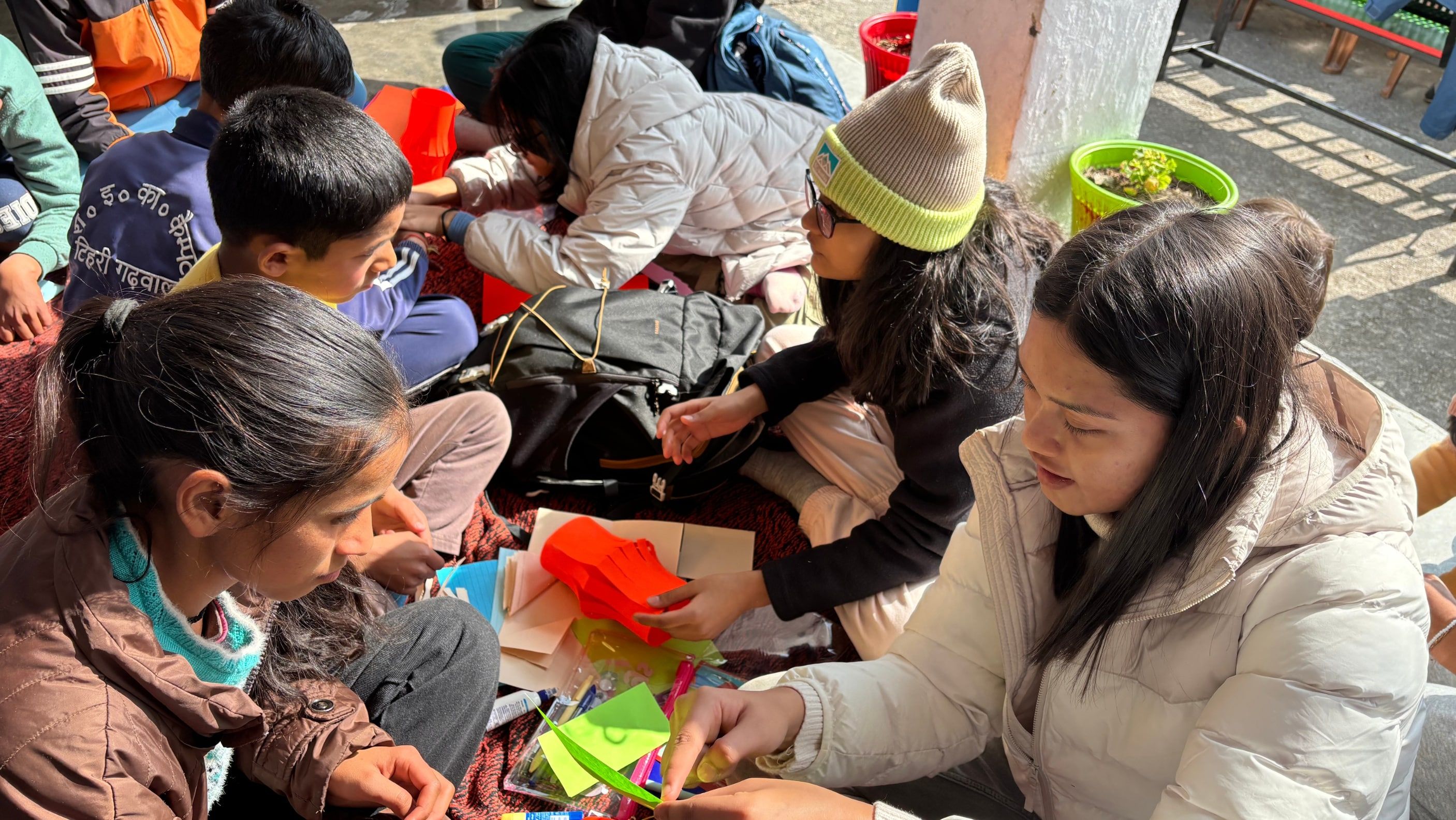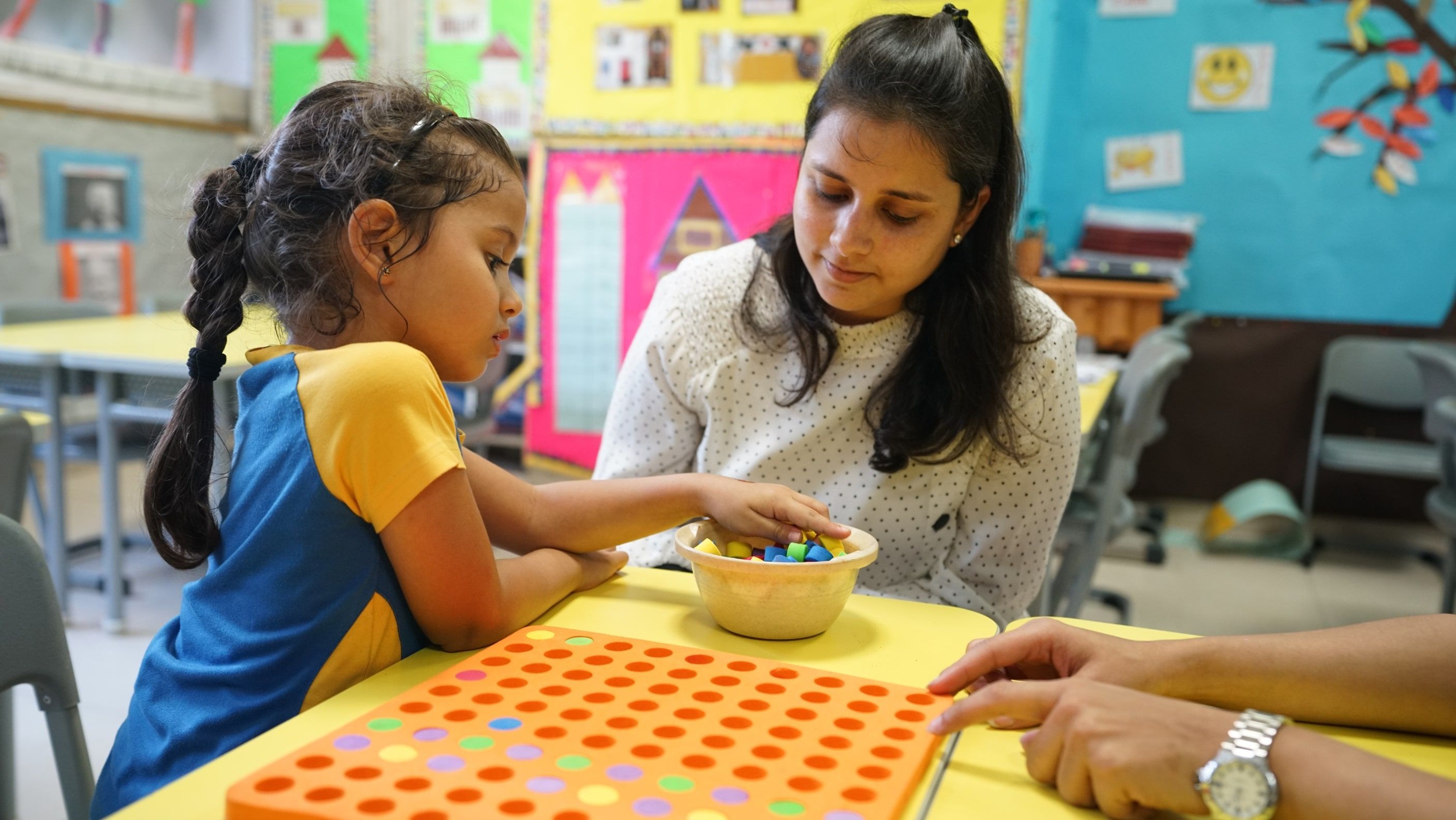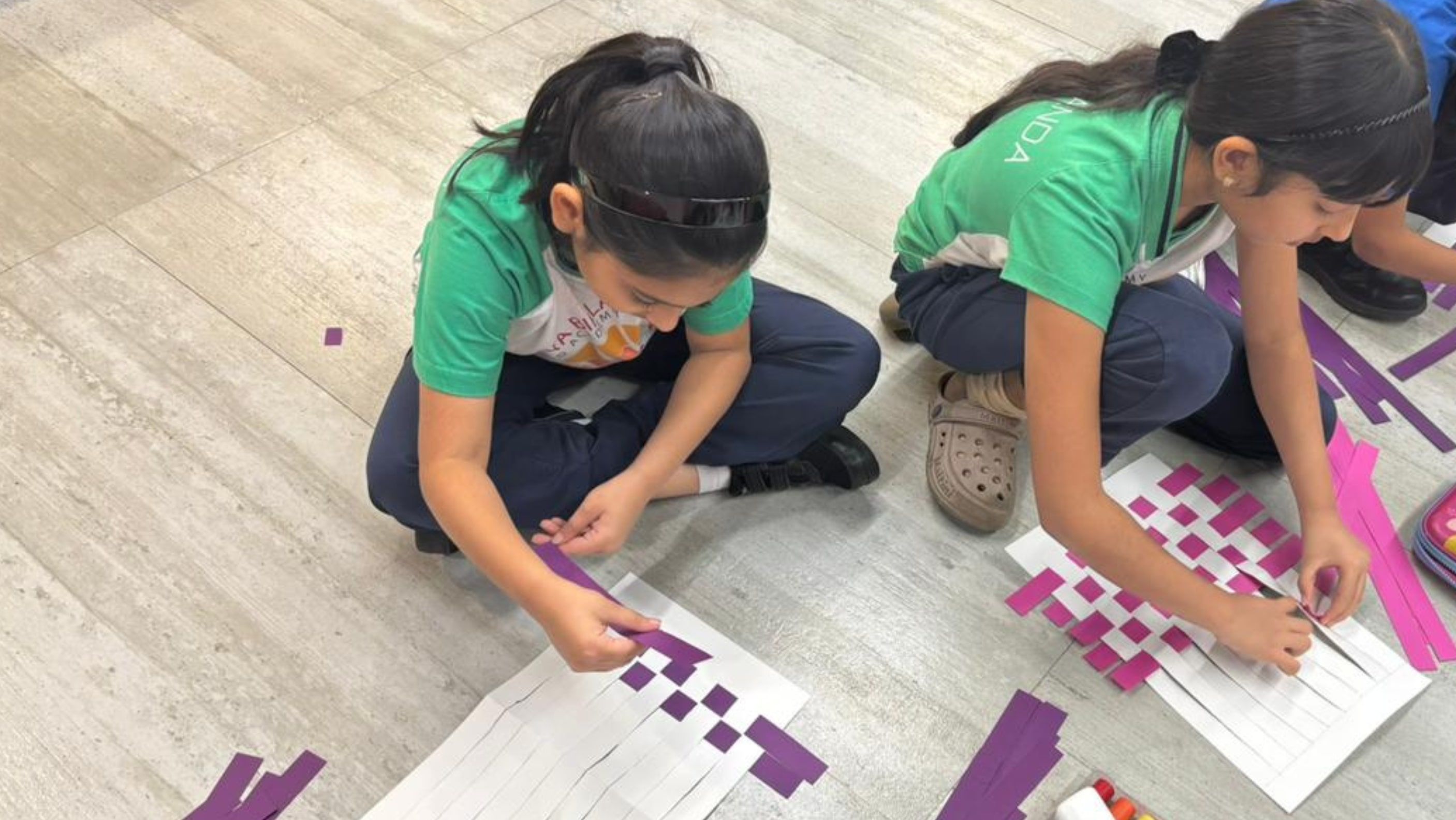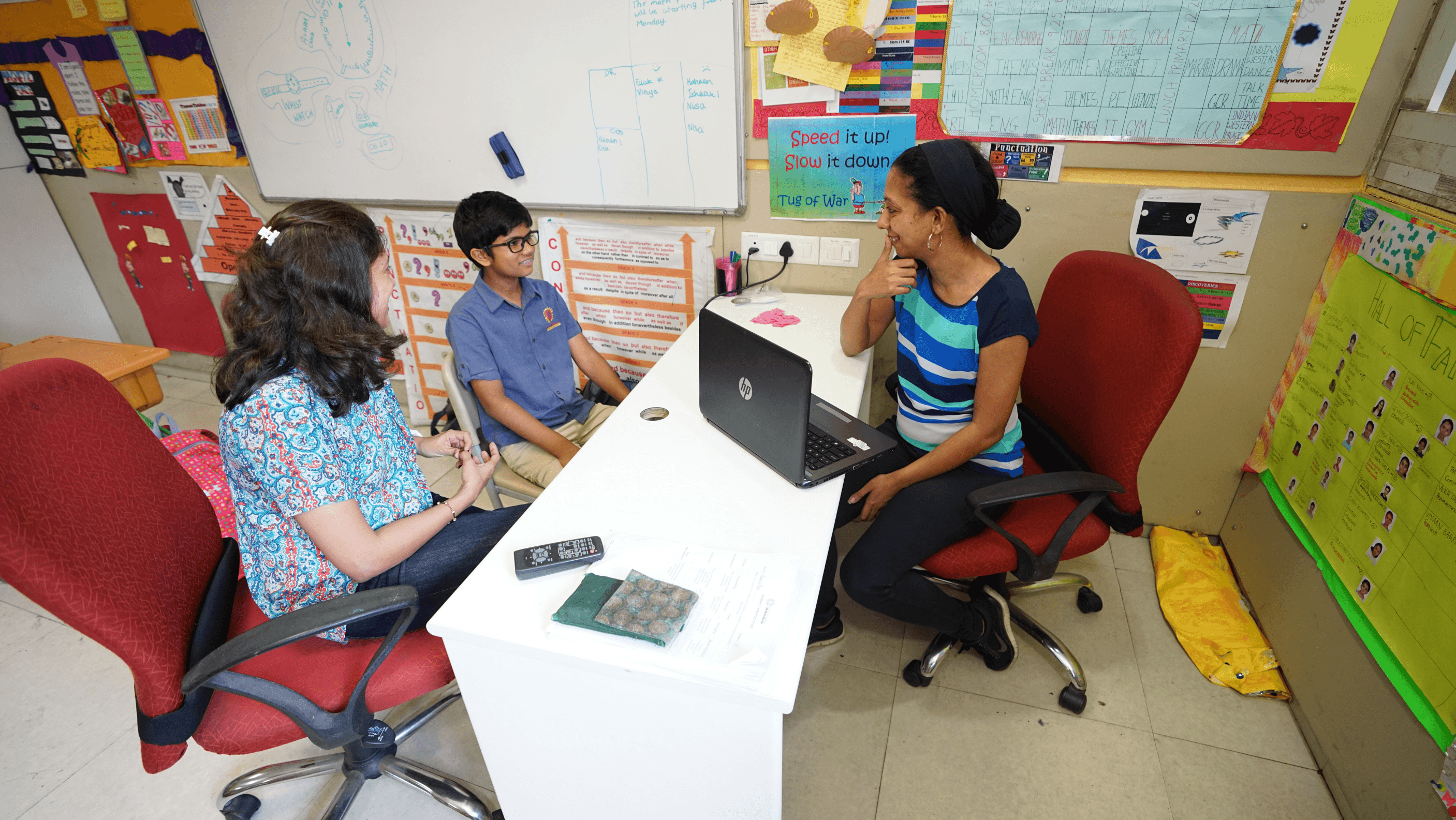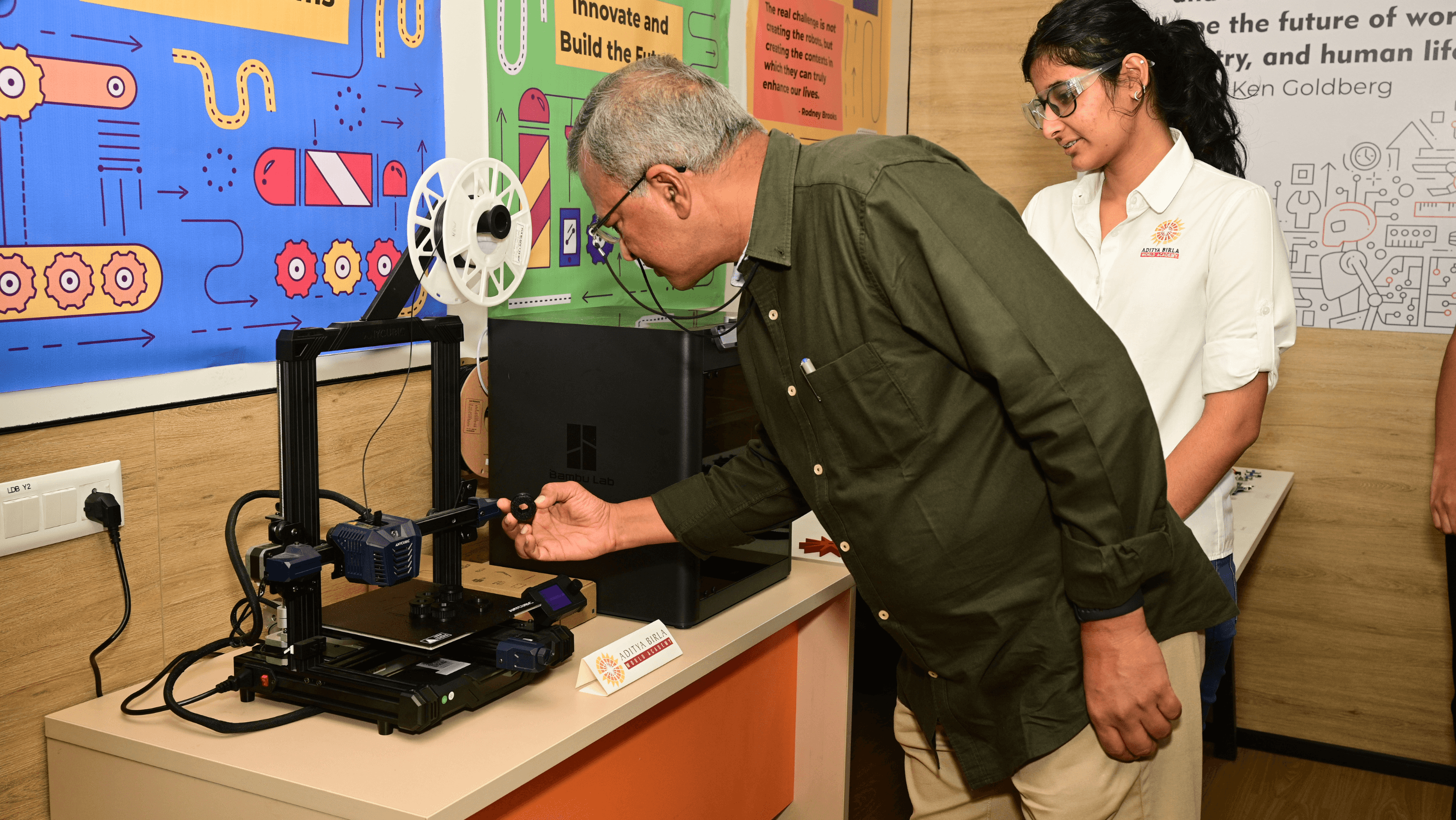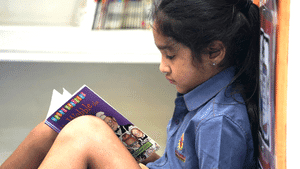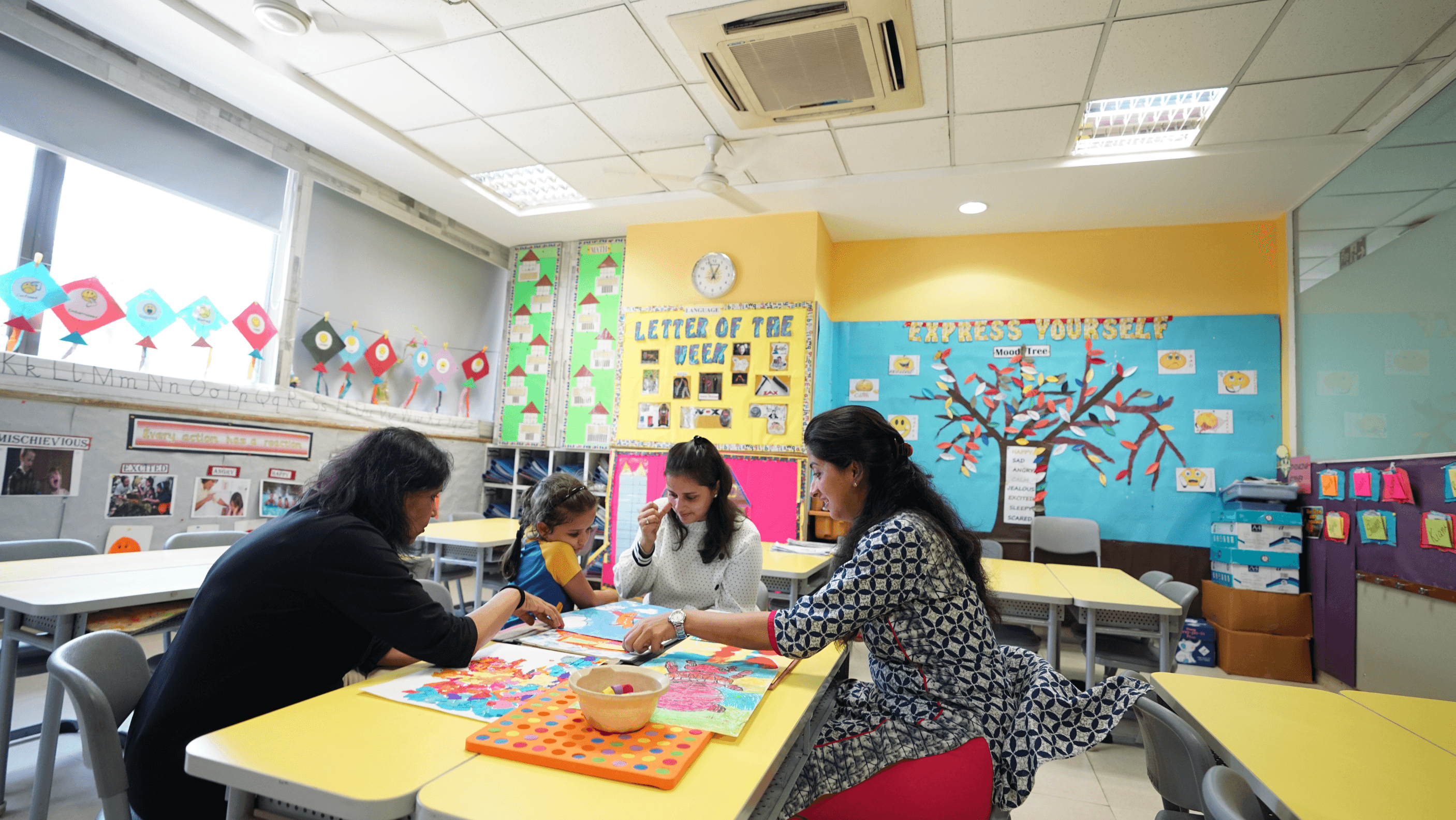Anxiety is a universal experience, but when it becomes a persistent presence in a child's life, proactive steps need to be taken. The good news is that much can be done right at home to equip our children with the tools they need to navigate the challenges they face.
As guardians at Aditya Birla World Academy, a leading international school in Mumbai, we recognize the importance of nurturing not only academic excellence but also the mental resilience of our students.
Join us as we delve into practical approaches, explore simple yet effective techniques, and unveil the secrets of fostering emotional resilience in the sanctuary of your home.
Recognizing the Signs of Anxiety and Stress in Children
Understanding and identifying the signs of anxiety and stress in children is the crucial first step in helping them cope. Here are key indicators to watch for, along with tips on how to treat anxiety at home:
Behavioral Changes:
- Look out for sudden changes in behavior such as increased irritability, restlessness, or withdrawal from social activities.
- How to deal with anxiety: Maintain open communication to encourage your child to express their feelings and concerns.
Physical Symptoms:
- Pay attention to physical signs like headaches, stomachaches, muscle tension, or changes in sleep patterns.
- How to deal with anxiety: Encourage relaxation techniques such as deep breathing or progressive muscle relaxation.
Academic Struggles:
- Notice if there is a decline in academic performance or a sudden disinterest in school-related activities.
- How to deal with anxiety: Provide a quiet and organized study space, and offer academic support.
Emotional Outbursts:
- Be aware of frequent emotional outbursts, mood swings, or excessive worrying.
- How to deal with anxiety: Teach emotional regulation techniques like mindfulness or journaling.
Regression:
- Observe if your child regresses to behaviors typical of a younger age, such as bedwetting or thumb-sucking.
- How to deal with anxiety: Offer reassurance and comfort, and consult a professional if needed.
Recognizing these signs early on allows for timely intervention. Creating a supportive and understanding environment at home is essential in treating anxiety in children.
How to Talk to Your Child About Their Feelings
By fostering an open and supportive dialogue, you equip your child with valuable tools to manage their emotions and build resilience in the face of stress and anxiety. Here are some effective strategies to foster open communication:
Active Listening:
- Practice active listening by maintaining eye contact and showing genuine interest in what your child is saying.
- Reflect on their emotions to demonstrate understanding, e.g., "It sounds like you're feeling..."
Use Open-Ended Questions:
- Pose questions that require more than a simple yes or no answer to encourage detailed responses.
- Examples include, "Can you tell me more about what happened?" or "How did that make you feel?"
Normalize Feelings:
- Help your child understand that everyone experiences a range of emotions, and it's okay to feel a certain way.
- Share your own experiences to illustrate that everyone copes with stress and anxiety at times.
Simple Techniques to Ease Anxiety
Incorporating simple yet effective techniques can make a significant difference. Here are practical strategies to bring calmness into your child's daily routine:
Deep Breathing:
Encourage your child to practice deep, diaphragmatic breathing. Inhaling slowly through the nose and exhaling through the mouth helps promote a sense of calm.
Mindfulness Meditation:
Introduce short mindfulness meditation sessions tailored to your child's age. Focusing on their breath or surroundings can anchor them in the present moment.
Progressive Muscle Relaxation (PMR):
Guide your child through a playful version of Progressive Muscle Relaxation. Tense and relax muscles, turning it into a game to release tension.
Grounding Techniques:
Teach the 5-4-3-2-1 method as a fun exercise. It engages their senses, redirecting focus away from anxiety-inducing thoughts.
Journaling:
Introduce journaling as a tool for self-expression. Providing a dedicated space for your child to articulate their thoughts can be empowering.
Limit Stimulants:
Emphasize the importance of healthy habits. Limiting stimulants like caffeine and opting for calming herbal teas can positively impact their overall well-being.
Physical Exercise:
Make physical activity enjoyable. Incorporate playful exercises into their routine to release endorphins and reduce anxiety.
If you empower your child with these techniques, you can turn anxiety management into an engaging and positive experience. These practices not only contribute to their emotional well-being but also lay the foundation for lifelong resilience.
When to Seek Professional Help
While it's natural for children to experience occasional stress and anxiety, there are instances when professional intervention becomes essential. Recognizing the signs and knowing when to seek help is crucial for your child's mental well-being:
Persistent Symptoms:
If your child consistently exhibits symptoms such as excessive worry, irritability, or changes in behaviour that last for an extended period, it's advisable to consult a mental health professional.
Impact on Daily Life:
When anxiety and stress interfere with your child's daily activities, such as school performance, social interactions, or sleep patterns, it may indicate the need for professional support.
Isolation and Withdrawal:
If your child increasingly isolates themselves from friends, family, or activities they once enjoyed, it could be a sign of deeper emotional struggles that merit professional exploration.
Traumatic Events:
If your child has experienced a traumatic event, whether recent or in the past, seeking professional help can be crucial in helping them process and cope with the associated emotions.
Escalation of Harmful Coping Mechanisms:
If your child resorts to harmful coping mechanisms such as self-harm or substance abuse, it's imperative to involve a mental health professional promptly to ensure their safety and well-being.
Tips for a Stress-Free Home
A stress-free home lays the foundation for emotional resilience. It enables your child to face challenges with confidence and positivity. Listed below are some of the easiest tips to foster a stress-free atmosphere at home:
- Support your child's interests and hobbies, providing a constructive outlet for stress.
- Maintain a balanced diet rich in nutrients, as nutritional choices can impact mood and energy levels.
- Dedicate regular time for family activities, fostering connections and a sense of belonging.
- Ensure your child gets sufficient sleep, as quality rest is essential for physical and mental well-being.
- Acknowledge and celebrate both big and small achievements to boost your child's confidence.
Bottomline
In conclusion, fostering a supportive environment for our children involves a delicate blend of understanding, communication, and practical strategies.
By incorporating these strategies into our daily lives, we empower our children with essential tools on how to treat anxiety at home. Together we can foster an environment where our young learners not only flourish academically but also thrive emotionally.





